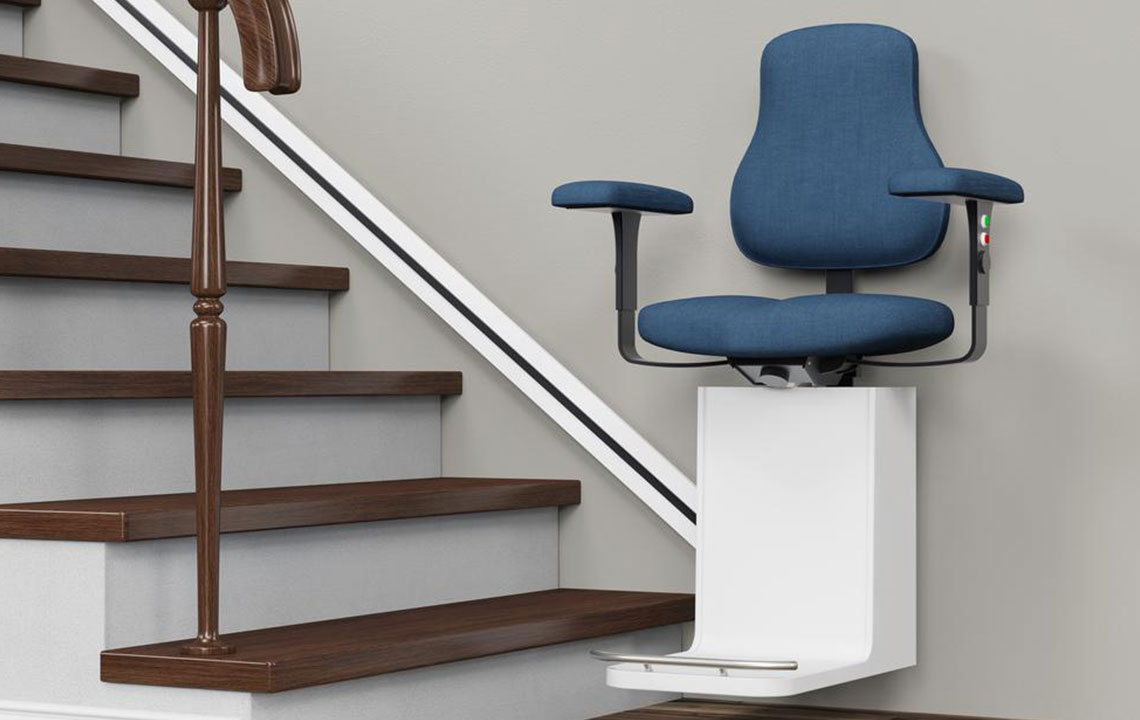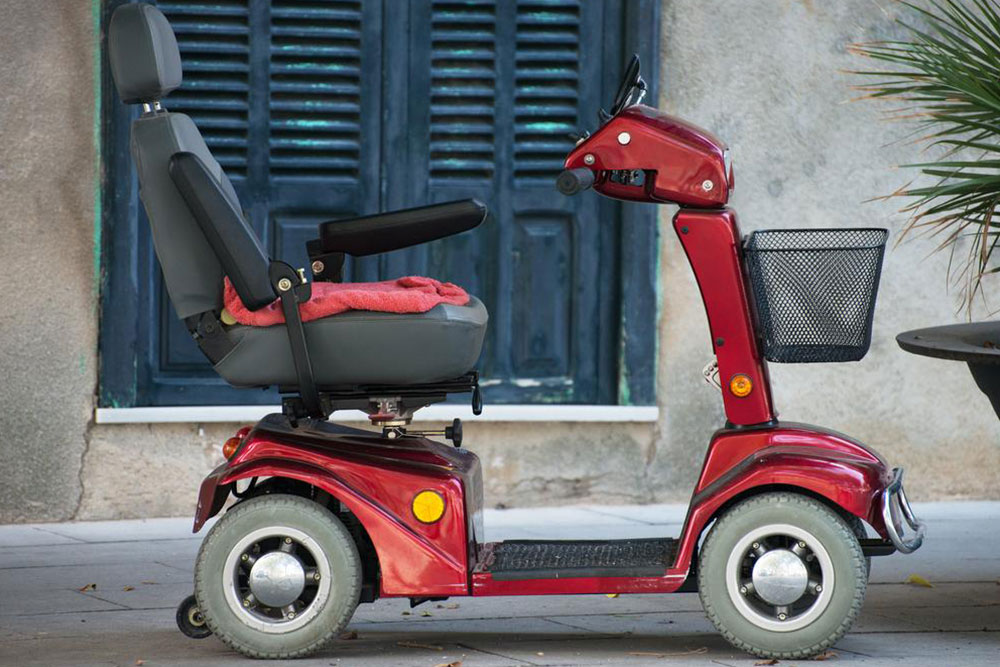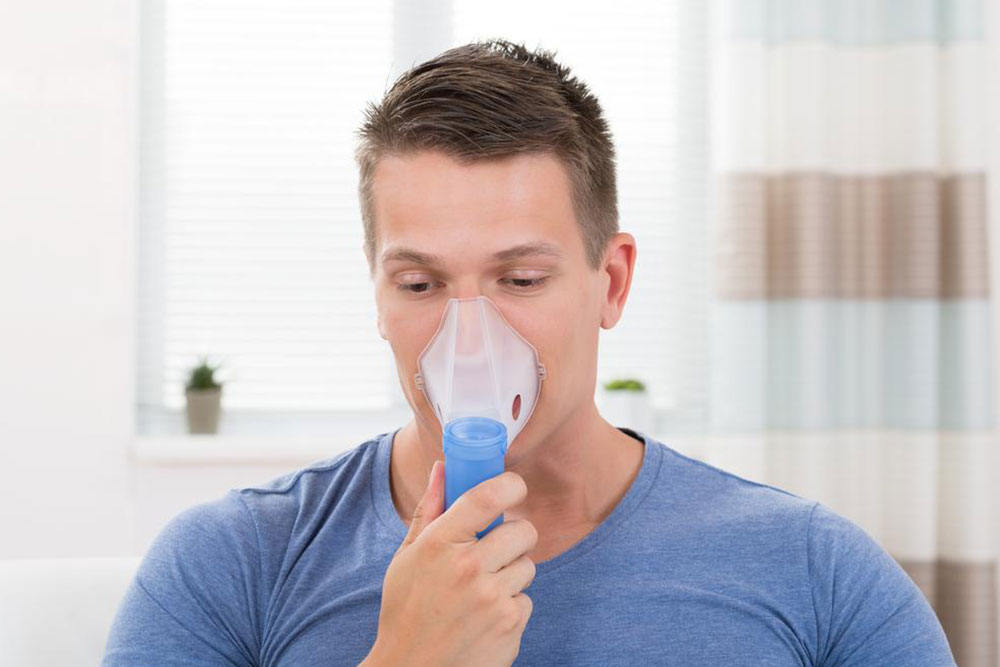Comprehensive Safety Tips for Stair Lift Users to Ensure Secure Mobility
This comprehensive guide covers essential safety guidelines for stair lift users, emphasizing correct selection, operation, and maintenance of stair lifts. Proper usage, adherence to safety protocols, and routine inspections can prevent accidents and extend the device's lifespan. Learn the best practices to ensure secure and confident stair navigation for individuals with mobility challenges, enhancing independence and safety at home.

Comprehensive Safety Tips for Stair Lift Users to Ensure Secure Mobility
Stair lifts have become an essential mobility aid for individuals experiencing difficulty in climbing stairs, offering a reliable solution to enhance independence and safety within the home. These devices are engineered with multiple safety features to minimize risks, but proper usage, regular maintenance, and adherence to safety protocols are crucial for ensuring optimal operation and safety for users. Whether for elderly residents, people with disabilities, or those recovering from injuries, understanding how to operate stair lifts correctly can prevent accidents and prolong the device's lifespan.
In this comprehensive guide, we will explore critical safety considerations, tips for proper use, maintenance routines, and expert recommendations to ensure stair lift users navigate their stairs securely and confidently.
Choosing the Right Stair Lift Model
Before installation, selecting an appropriate stair lift that matches your staircase configuration is essential. There are different models designed for straight, curved, or custom staircases. Consulting with mobility specialists and professional installers ensures that you choose a device suited for your specific needs. Customization options are available for those with unique requirements, and professional assessment helps determine if additional features, such as swivel seats or folding armrests, are necessary to enhance safety and comfort.
Adhering to Manufacturer Guidelines
Once installed, it is vital to read and follow the manufacturer's instructions meticulously. Proper operation, including understanding safety sensors, emergency stop functions, and correct boarding and disembarking procedures, is essential. Familiarity with the device reduces the risk of misuse and potential accidents.
Safe Usage Practices
Never permit children or pets to play around or on the stair lift. Keep the area clear to prevent accidental falls or interference with the device's functioning.
Avoid loading heavy or bulky items onto the lift. It is designed primarily for single-person use and should not carry loads beyond its specified weight capacity. For wheelchair users, a platform lift might be a safer alternative.
Maintain a clutter-free environment around the stair lift. Remove any objects or loose rugs that could cause tripping or interfere with the movement of the lift.
Refrain from drinking liquids while on the lift or ensure that beverages are in sealed containers to avoid spills that could damage electrical components.
If spills occur, clean immediately and turn off the device if necessary. Contact the manufacturer for repairs or maintenance if damage is suspected.
Regular Maintenance and Inspection
Routine inspections and maintenance, as outlined in the user manual, are vital for safe operation. This includes checking safety sensors, brakes, and the seatbelt system regularly. Scheduling professional servicing ensures that the lift remains in excellent condition, preventing malfunctions that could compromise safety.
Keep a record of maintenance activities and promptly address any issues identified during inspections. Never attempt to repair electrical or mechanical components unless qualified to do so.
Additional Safety Tips
Use the safety belt at all times to prevent falls during operation.
Practice safety routines, such as slow and steady movement, especially when unfamiliar with the device or if experiencing discomfort.
Ensure that the path of travel is well-lit and free from obstructions to facilitate smooth movement and quick response in emergencies.
In case of emergency, familiarize yourself with the emergency stop button and keep emergency contact information accessible.
When properly operated and maintained, stair lifts offer a safe, effective way for individuals with mobility challenges to navigate stairs with confidence. Educating users, following safety protocols, and regular maintenance are key components to ensuring maximum safety. If any discomfort, unusual noise, or operational issues arise, consult qualified technicians immediately to prevent potential accidents. With the right precautions and awareness, stair lifts can significantly improve quality of life by providing reliable and secure stair navigation.





